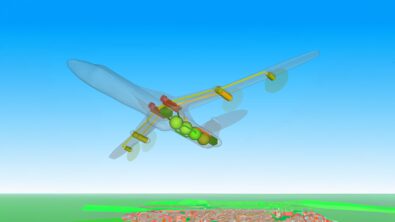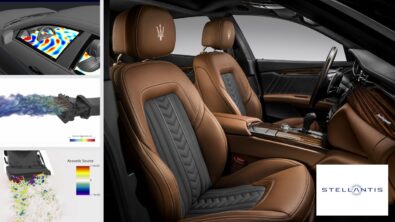Understanding helicopter cabin noise with a simple acoustic image
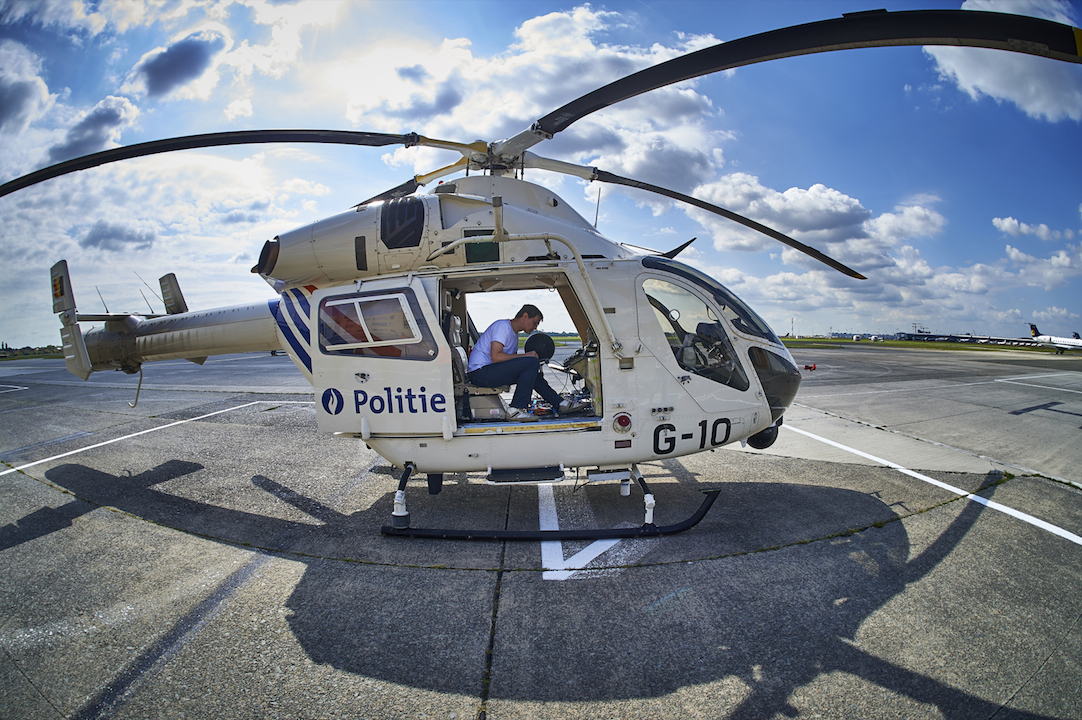
Helicopter cabin noise remains a hot topic in the aircraft innovation. With stringent environmental regulations and increasing user expectations, many OEMs are seeking new techniques and tactics to decrease the cabin noise levels. Sound source localization is one of strategical techniques determining the ‘noisy’ elements. This leads to a controlled acoustic innovation process. To give you a real-life example, read this blog post we did together with…
“Hello Sir, this is the Police calling, we need to talk to you!”
…When you receive such a phone call, you don’t know at first if this is a good surprise or not! This one was.
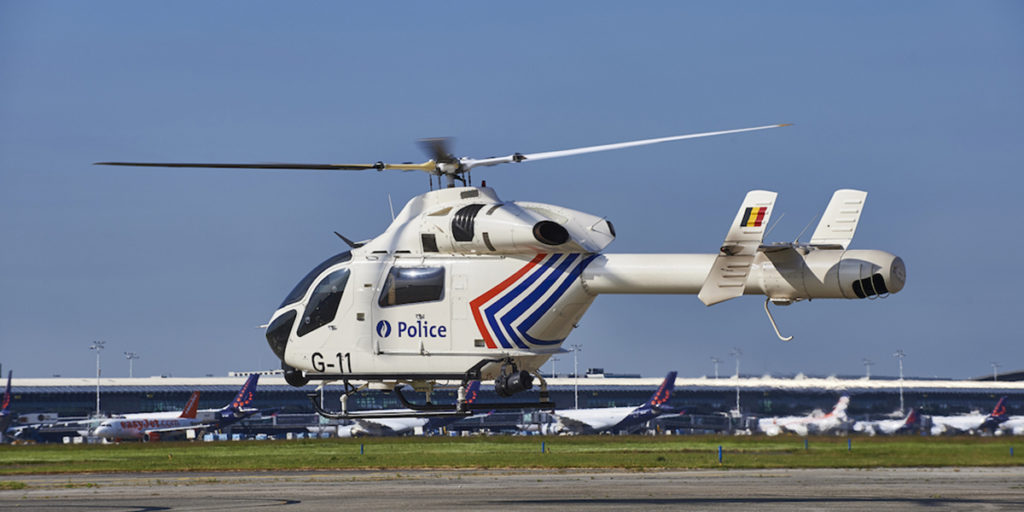
The Belgian Federal Police owns several MD900 helicopters for aerial surveillance and rapid intervention. These are very efficient during these missions. However, spending several hours on board can become a rough experience for these professionals. During the flight, pilot and crew are compelled to wear heavy helmets and put up with an environment which is influenced by high levels of noise and vibration. This combination may in time –if left unaddressed – lead to health issues such as pains in the back and neck as well as discomfort during the flight. The Police therefore called us to help them assess and solve the noise and vibration issues in the helicopter cabin.
Helicopter cabin noise acoustic measurements
Few weeks later, we were boarding the helicopter with our testing equipment for a short flight above the Belgian countryside to collect the relevant data. In just few seconds of flight, the Simcenter Testlab 3D Acoustic Camera allows to create an “acoustic image” of the entire cabin. This image allows to understand which the critical acoustic frequencies are and also to visualize on a 3D picture of the cabin where these noise sources come from. We were thus able to perform on-the-spot, detailed analysis of the noise components in the cabin for different flight conditions and helped them avoid the traditional lengthy and costly in-flight measurement campaign.
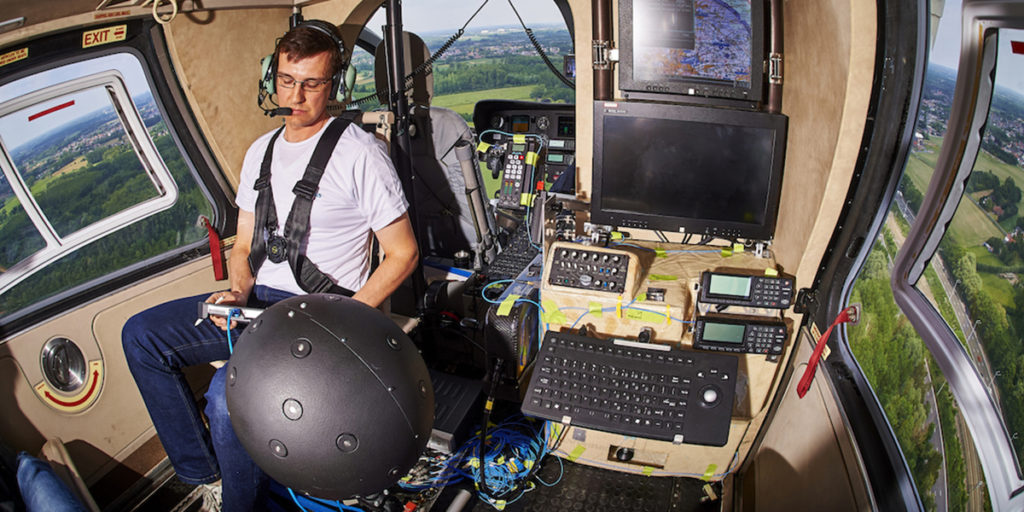
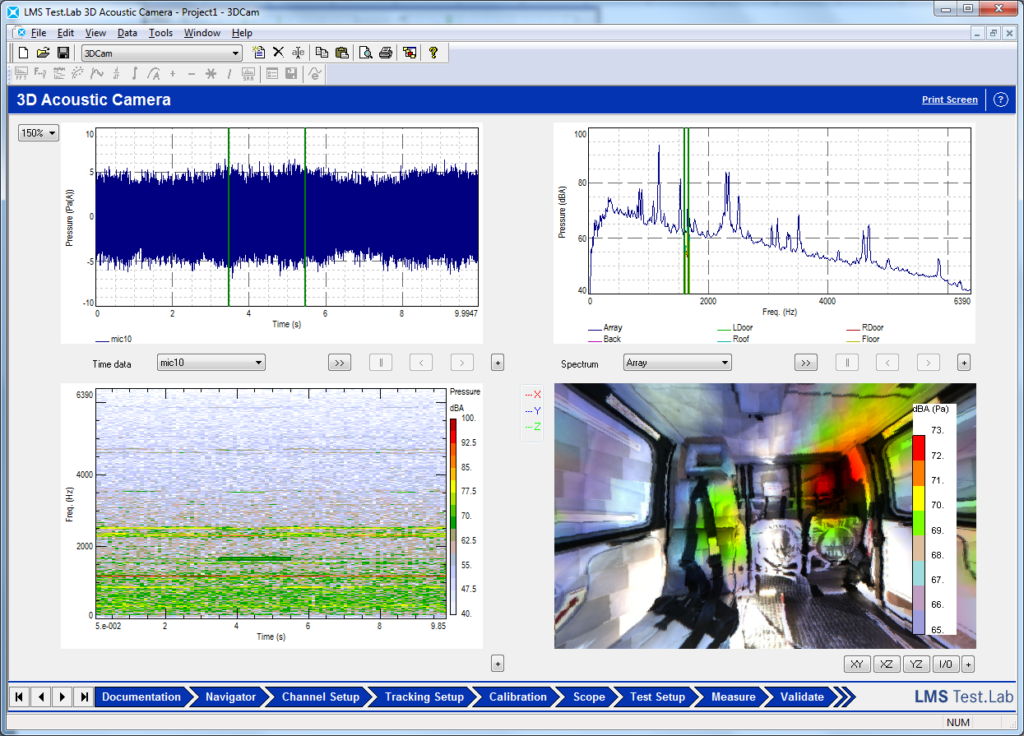
This acoustic measurement technique, also called “Sound source localization and quantification”, allowed us to efficiently characterize and visualize the acoustic field inside the cabin and thus provide estimations on possible noise-reduction solutions.
Are you looking for more information? Sign up for this free webinar on Fundamentals of sound source localization.
